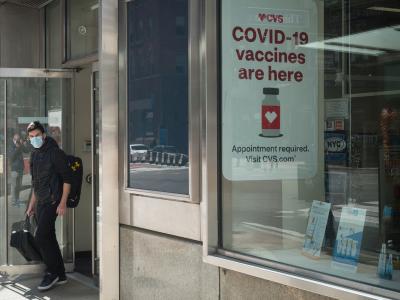WHO, World Bank unveil new global health security monitoring board
In a major development today on the sidelines of the World Health Assembly under way in Geneva, the World Health Organization (WHO) and the World Bank Group announced the launch of a new mechanism to firm up global health security, an independent monitoring board to regularly assess country preparedness to handle outbreaks, pandemics, and other health emergencies.
The new Global Preparedness Monitoring Board (GPMB) will be cochaired by Gro Harlem Brundtland, Norway's former prime minister, and Elhadj As Sy, secretary general of the International Federation of the Red Cross and Red Crescent Societies.
In a WHO news release, WHO Director-General Tedros Adhanom Ghebreyesus, PhD, said, "The ongoing Ebola outbreak in the Democratic Republic of the Congo is a stark reminder that outbreaks can happen anywhere, at any time." He added that part of being prepared is assessing progress made at all levels to identify gaps, including financing.
Jim Yong Kim, MD, PhD, World Bank president, said the cycle of panic and neglect has continued for too long, and the GPMP marks a big step toward breaking the pattern. "The GPMB will help save lives, prevent economic damage, and ensure that we keep pandemic preparedness at the top of the global agenda," he said.
The new board's activity will cover emergency preparedness across national governments, United Nations agencies, civil society, and the private sector. Each year it will issue a report on financing, research and development, and health crisis preparedness at the global, regional, and national levels. According to the WHO, a UN global health crisis task force formed in 2016 in the wake of West Africa's Ebola outbreak recommended robust ongoing monitoring of global health emergency preparedness which led to the establishment of the GPMB. The new board will be housed at WHO headquarters in Geneva.
May 24 WHO press release
ECMO does not significantly reduce mortality in ARDS patients: study
Venovenous ECMO, or extracorporeal membrane oxygenation, is becoming an increasingly common intervention in intensive care units, but a study today in the New England Journal of Medicine (NEJM) shows it does not significantly reduce mortality for patients with severe acute respiratory distress syndrome (ARDS).
The international randomly controlled trial measured mortality outcomes at 60 days after intervention with either ECMO or traditional mechanical ventilation on patients who had undergone endotracheal intubation and had been receiving ventilation for less than 7 days.
Researchers stopped the trial after 60 days because no significant reduction in mortality was found in the ECMO group; 44 patients (35%) in the ECMO group and 57 (46%) in the control group had died (relative risk, 0.76), while the hazard ratio for death within 60 days after randomization in the ECMO group, as compared with the control group, was 0.70.
Throughout the study, 28% of the control group patients crossed over to using ECMO because of severe hypoxia.
"This crossover rate makes it difficult to draw definitive conclusions regarding the usefulness of ECMO for severe forms of ARDS," the authors explained. "We were aware of this potential problem when we started the trial, but many investigators felt that it would have been unethical to prohibit crossover to ECMO in patients with very severe hypoxemia."
In an accompanying editorial, experts from Massachusetts General Hospital in Boston suggest that the results of this trial mean clinicians should reserve ECMO for patients whose life-threatening hypoxemia persists despite traditional interventions.
May 24 NEJM study
May 24 NEJM editorial












